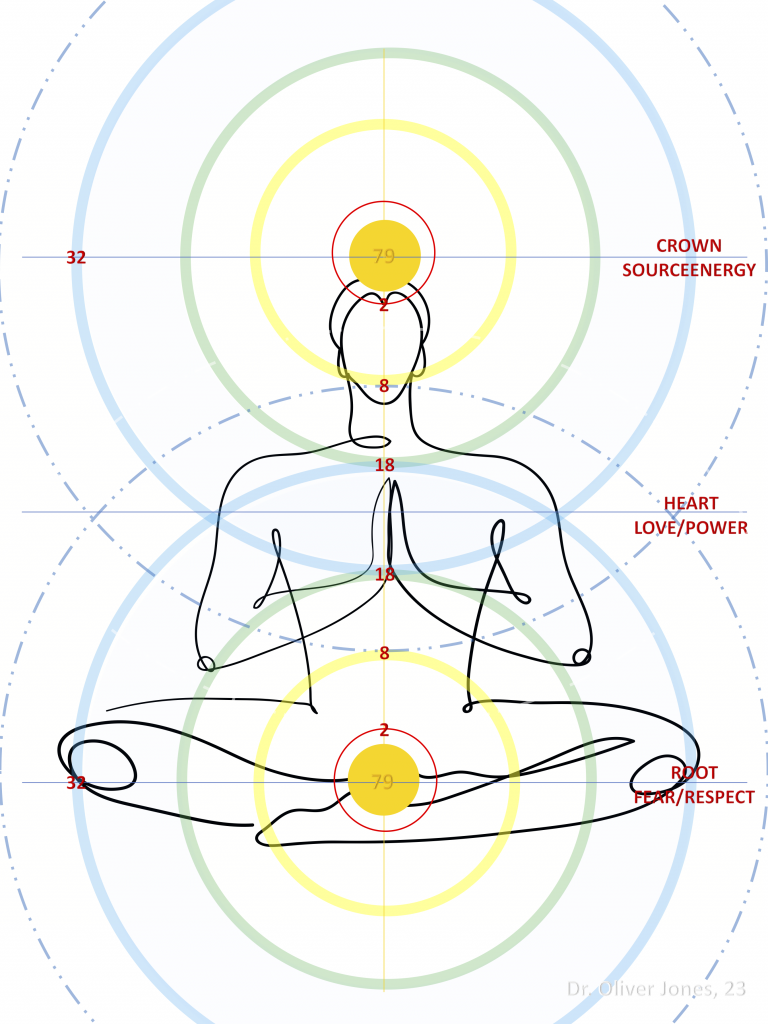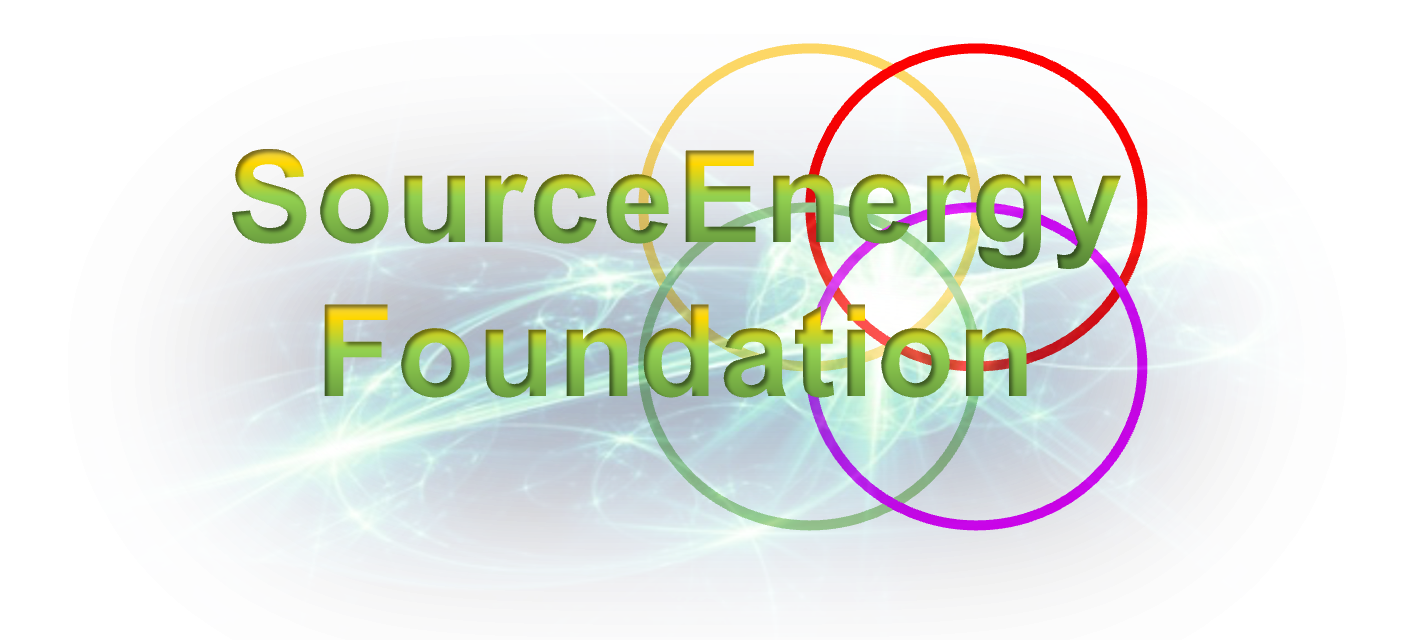Layers 6 & 7: Steadfastness & Resilience
The incorporation of Layers 6 and 7 into the 27-layer neural network provides an intriguing intersection between the tenets of your Wealth Ecology Model and the robust stability expected from modern artificial intelligence systems.
Layer 6: Steadfastness
Objective:
To ensure system integrity by maintaining a stable operational state even under varying conditions and inputs, thus mirroring the concept of steadfastness in human character.
Technical Components:
- Anomaly Detection: Identifies irregularities or unusual patterns within the data streams.
- Fault Tolerance: Maintains functionality despite hardware or software failures.
- Adaptive Scaling: Automatically scales resources up or down based on demand.
- Operational Equilibrium: Continually calibrates the system to ensure a balanced operational state.
- Decision Persistence: Holds on to logical decisions even under changing or conflicting external variables.
Operational Flow:
Layer 6 operates as a filter for incoming data and decisions, ensuring that the system remains steadfast in its mission objectives and operational integrity.
Layer 7: Resilience
Objective:
To build a system capable of recovering quickly from difficulties; resilience in the face of adversity.
Technical Components:
- Backup Mechanisms: Creates redundant data sets and models as a fallback.
- Recovery Protocols: Pre-set routines for system recovery post-failure.
- Stress Testing: Regularly assesses system limits and vulnerabilities.
- Resilience Metrics: Quantifies the system’s ability to withstand and recover from adverse conditions.
- Machine Learning Resilience: Adapts learning parameters to become more resilient over time.
Operational Flow:
Layer 7 serves as the neural network’s built-in “recovery room,” capable of initiating rapid response measures to counteract negative impacts and re-establish system stability.
Wealth Ecology Model Alignment:
Layers 6 and 7 resonate deeply with the “Community” and “Sustainability” components of your Wealth Ecology Model. The steadfastness ensures a reliable system that the community can depend on, while the resilience aspect focuses on the system’s long-term sustainability, ensuring it can adapt and recover from challenges, which is crucial for both environmental and community well-being.
Layer 6 contributes primarily to the ‘Community’ sector by providing a steadfast and reliable technology framework that can be trusted and counted upon, while Layer 7 emphasizes ‘Sustainability’ and ‘Technology’ by focusing on long-term operational viability and adaptability.
These layers serve as the neural network’s “immune system,” providing both stability and a quick recovery mechanism, thus perfectly aligning with your model’s focus on building resilient, sustainable, and community-focused technologies.

